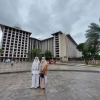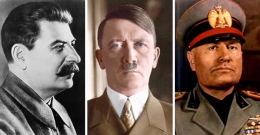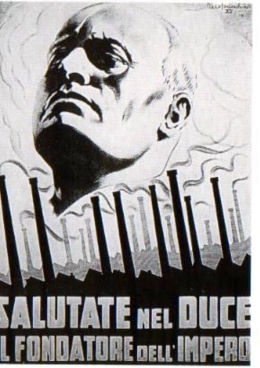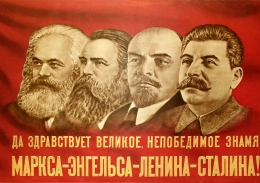Hai, Saya Luka Matic, Mahasiswa D4 Perhotelan 2020 Sekolah Tinggi Pariwisata Trisakti. Saya merupakan Penerima Beasiswa Prestasi Sekolah Tinggi Pariwisata Trisakti. Saya harap dapat membagikan sesuatu yang bermanfaat. Terima kasih.
In this first part I will write about development of propaganda in Italy, Germany and Soviet Union.
Introduction to propaganda
Propaganda is a set of special communication techniques for the purpose of mass influence, where manipulation is used to more precisely seduce the public through various symbols and the psychology of the mass and the individual, in order to provoke a reaction that is in the interest of the propagandist.
The word propaganda itself comes from the Latin word propagere, which means spreading.
Propaganda activity, as one of the forms of social communication, is as old as human communication itself. Although propaganda has been used, understood and interpreted differently in different historical epochs, propaganda communication has been an inevitable companion of all human communication in general, and its actions have left a strong mark on the development of human civilization.
The appearance of this term is related to 1622 and Pope Gregory XV, when the body of the Catholic Church "Congregatio de Propaganda Fide" was founded. This body composed of cardinals and high church dignitaries had the task of spreading the Catholic faith in an organized and efficient manner.
As scientific and technical advances began to develop "en masse" in the late 19th and early 20th centuries, propaganda began to be used in many more ways, through newspapers, radio, television, and the Internet as a means used by the public more and more.
Propaganda in Italy 1922-1943
Propaganda in Italy propagated the policy of the Fascist Party whose leader was Benito Mussolini. It forbade any other policy that opposed the fascist one and there was no freedom of speech and press. Although Italy was a kingdom at the time, the fascist dictator Mussolini had all the power. Propaganda promoted the idea of rebuilding the former Roman Empire. The Italians then called the Mediterranean Sea "Mare Nostrum" in translation, "Our Sea". That is the moment when Italian nationalism was awakened. Mussolini was an undisputed leader and lifelong dictator, nicknamed "Duce" by his people in translation of leaders. He skillfully manipulated and deceived the people with his gestures and speeches. However, Italian fascist propaganda did not take as many victims as, for example, Nazi propaganda in Germany. In 1943, Mussolini was overthrown by the Allies, conquering Italy, and fascism, as well as its propaganda, slowly began to disappear.












